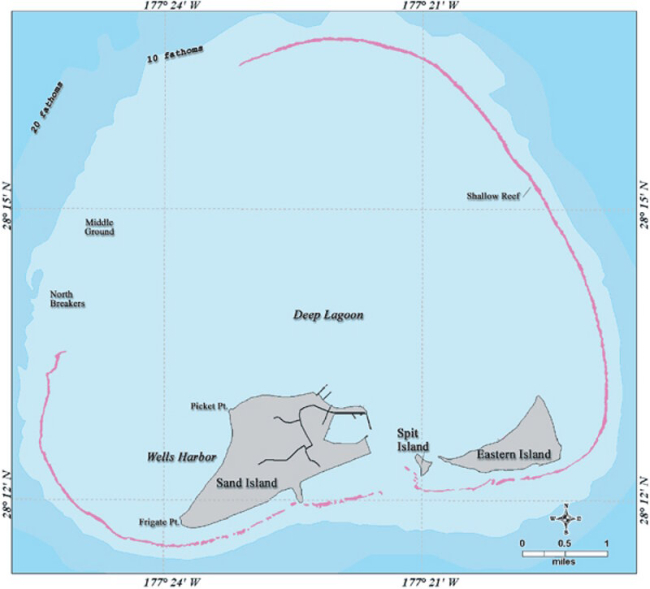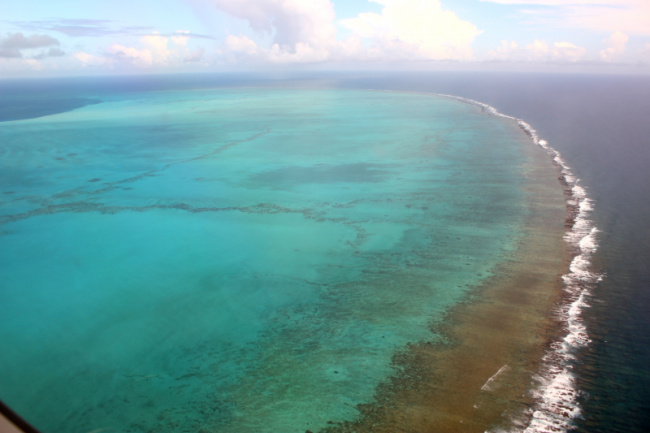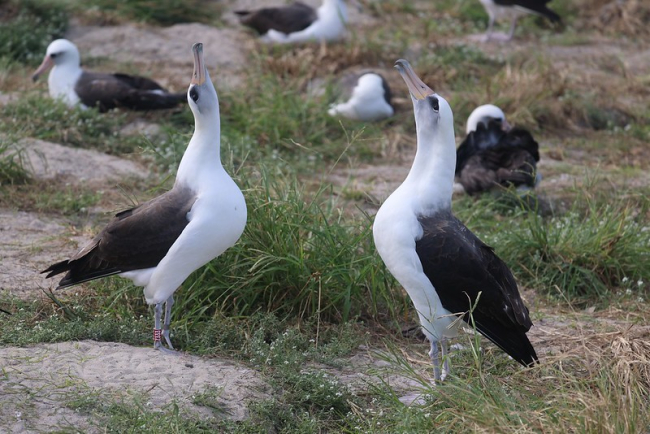To the northwest of the main Hawaiian islands (Hawai‘i Island, Maui, Molokai, Lana‘i, Kaho‘olawe, O‘ahu, Kaua'i, and Ni‘ihau) is a special place that is incredibly remote: Papahānaumokuākea Marine National Monument (monument). This 1,350-mile stretch of small, uninhabited atolls, reefs, and shoals is home to unique wildlife and incredible historical sites. Papahānaumokuākea has the distinction of being named the only mixed UNESCO World Heritage site within the United States. (As of 2020, it is one of only 39 global locations inscribed as a mixed site for both natural and cultural importance out of 1,121 sites worldwide.)
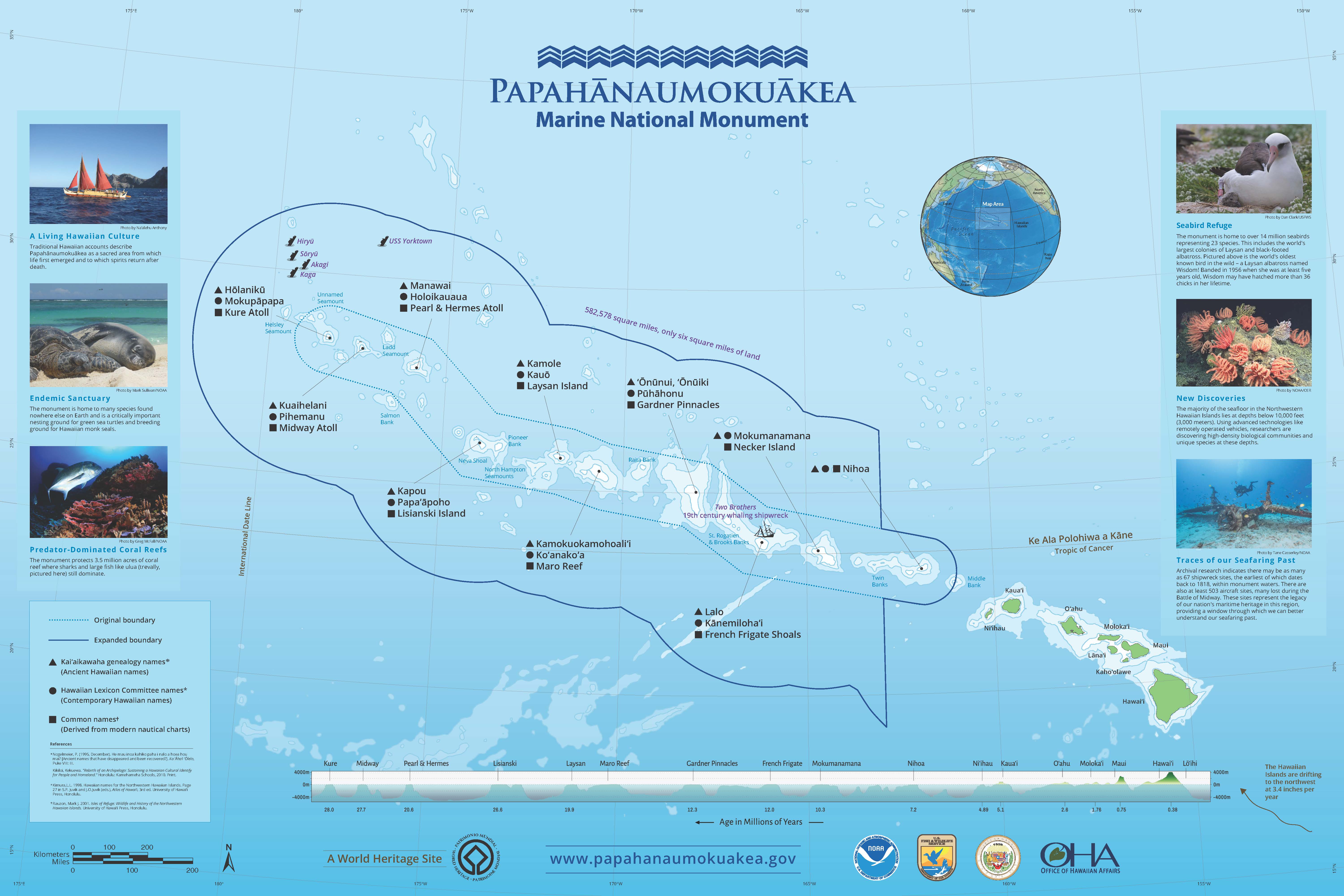
Despite their significance and remote location, the shorelines and surrounding reefs of the monument are plagued by derelict fishing gear, plastics, and other marine debris. It is estimated that 115,000 pounds of debris wash ashore in the monument each year. This debris comes from around the Pacific and has major impacts on the health of this remote ecosystem. On one of the oldest Hawaiian islands, Kuaihelani (Pihemanu, Midway Atoll)*, the NOAA Marine Debris Program is building on a more than 20-year NOAA legacy and working with the National Fish and Wildlife Foundation and the Papahānaumokuākea Marine Debris Project to remove marine debris.
*It is important to use the ancient, contemporary, and common names of the islands to acknowledge the historical and cultural significance of the Papahānaumokuākea Marine National Monument. The traditional name is listed first, followed by the ancient and modern names in parentheses.
Kuaihelani, meaning “the backbone of heaven,” describes a mythical floating island in the sky, possibly originating from the large lagoons that reflect the sky. This atoll was also previously referred to as Pihemanu, the ancient name meaning “loud din of birds,” which refers to the volume of noise from the millions of birds that visit each year. In 1867, when it became the first offshore island annexed by the United States Government, Kuaihelani was given the modern name “Midway Atoll.”
Starting in the early 1900s, the island was used as a naval base, and a number of non-native plants and animals were introduced. In 1992, the jurisdiction of the atoll was transferred to the U.S. Fish and Wildlife Service, which worked with the U.S. Navy on a massive restoration effort to return Kuaihelani to its natural state by removing buildings, toxic soils, and non-native species. A number of important species have returned to the island, and it was designated as both a Wildlife Refuge and part of the Papahānaumokuākea Marine National Monument. Kuaihelani is now home to 88,500 acres of incredible coral reefs, 163 species of reef fish, 19 seabird species, sea turtles, endangered Hawaiian monk seals, and Wisdom, the oldest known living wild bird.
Although these incredible efforts have greatly improved the health of the atoll, the human impact can still be seen on Kuaihelani through marine debris that travels around the Pacific and is deposited on its shorelines. This debris can significantly impact the atoll's wildlife and habitats, and its removal is a critical part of protecting this area's health and cultural heritage.
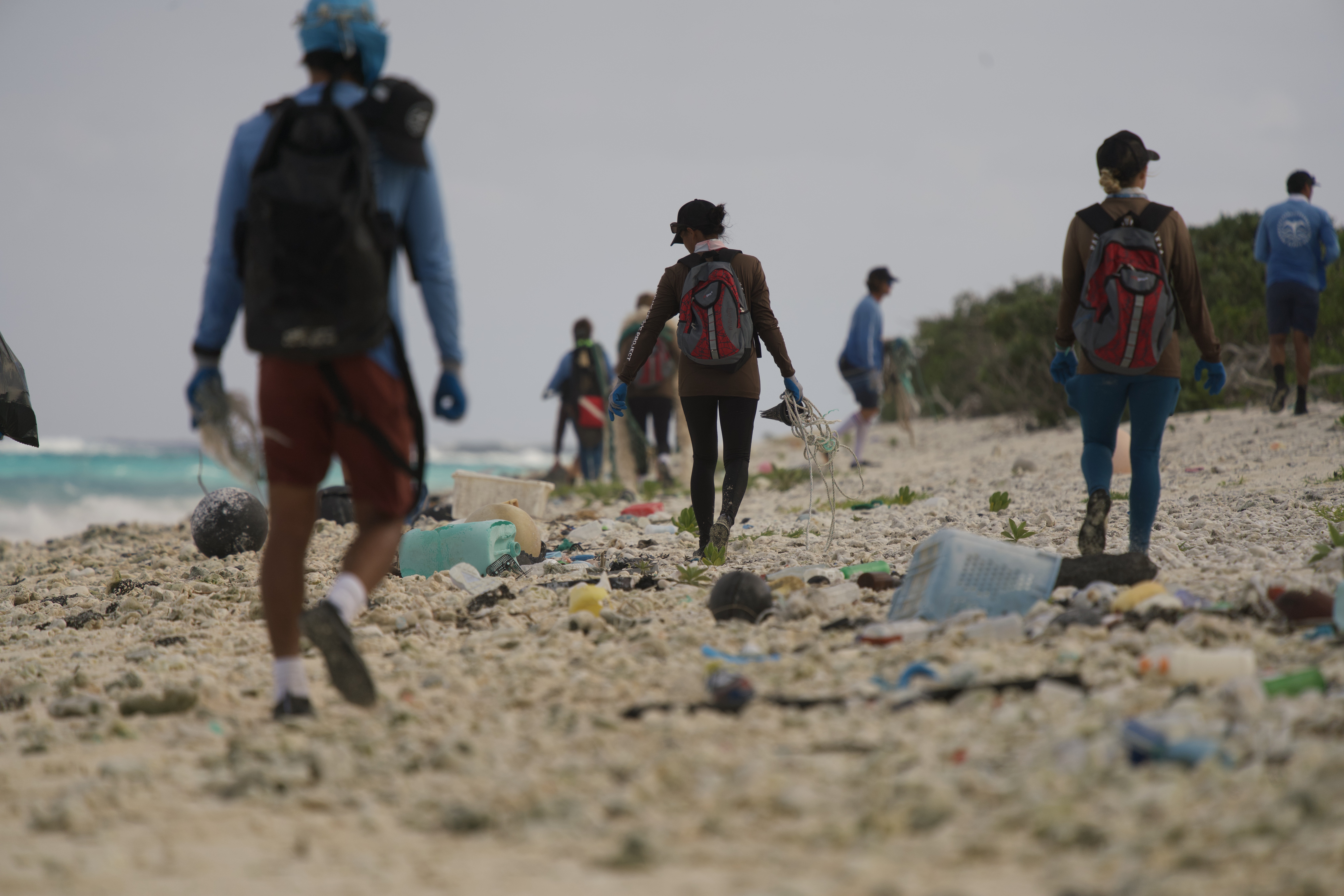
This month, the Papahānaumokuākea Marine Debris Project is traveling to Kuaihelani for a 19-day mission to clean up shoreline debris. The NOAA Marine Debris Program is supporting this work through a 5-year grant to the National Fish and Wildlife Foundation using $5.8M in funding provided by the Bipartisan Infrastructure Law. This funding to NFWF is being matched by Marc and Lynne Benioff for a total investment of $12M over FY22-FY26. Additional funding for this mission is being provided by the NOAA Damage Assessment, Remediation, and Restoration Program and the M/V Casitas Trustee Council.
The Papahānaumokuākea Marine Debris Project team will reach Kuaihelani by plane, where they will remove marine debris on the shorelines on the three islets of the atoll—Eastern, Sand, and Spit Islands—including large fishing nets, toothbrushes, shoes, and much more. The team will return to the monument through two additional missions later this year by vessel to pick up the debris removed during this mission, as well as tackle the build-up of debris across the monument.
Stay tuned for updates on all three missions by subscribing to our blog and newsletter! Visit the Papahānaumokuākea Marine Debris Project website and social media for daily updates from their team.

